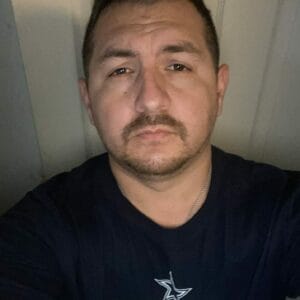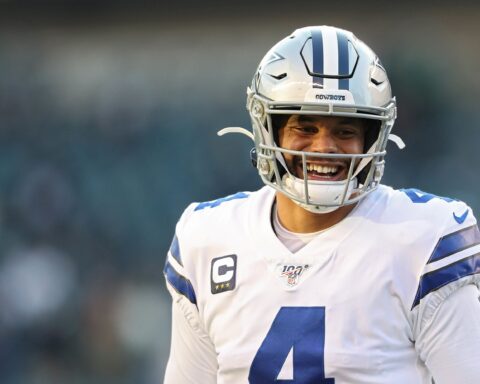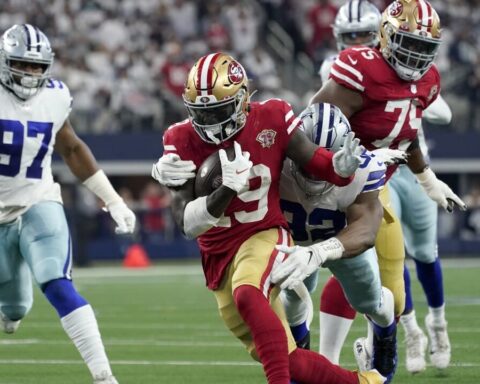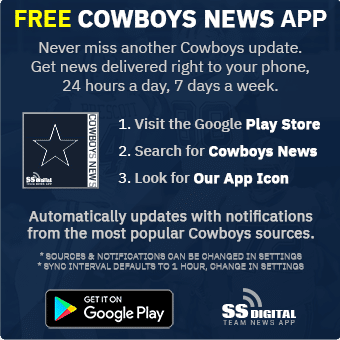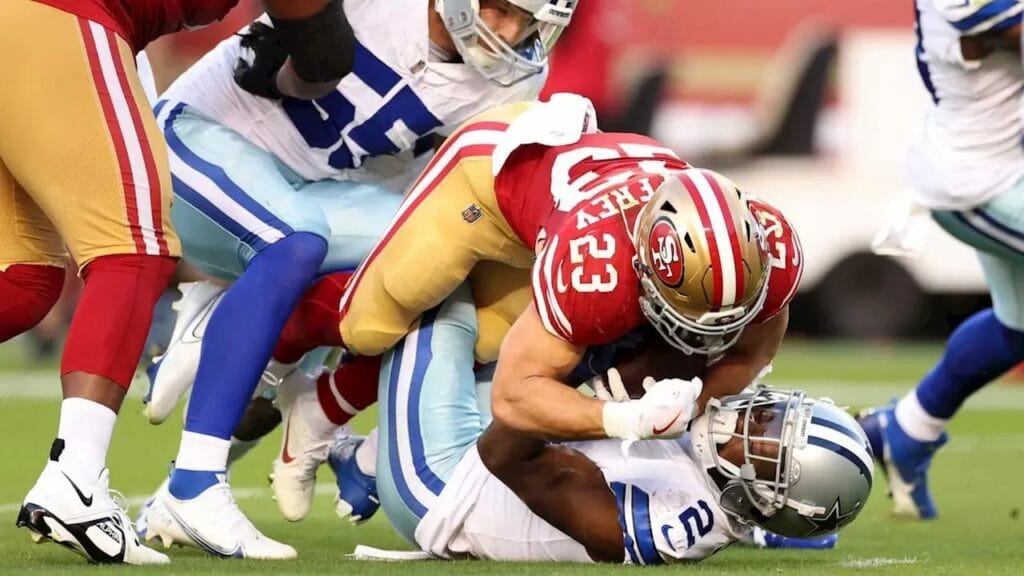Nobody likes to show up to work Monday morning after the Dallas Cowboys lose, but it’s even worse after they suffer that type of beat down at the hands of the San Francisco 49ers.
I mentioned it throughout the week. No one should have expected the Cowboys to win by a blowout.
The storylines and matchups headed into this game hinted at a close game that could go either way.
Personally, I had the Niners winning a close one 23-19.
Boy, was I wrong. Instead, the Cowboys got absolutely thrashed by the score of 42-10.
It could have been much worse, but 49ers HC Kyle Shanahan showed mercy and inserted his backups with 12 minutes left in the final quarter.
Last week, I wrote about how past performances in certain aspects of the game could not be repeated if Dallas hoped to change the narrative and leave California with a win.
However, several old demons manifested themselves last night in San Francisco, and they led directly to the blowout loss.
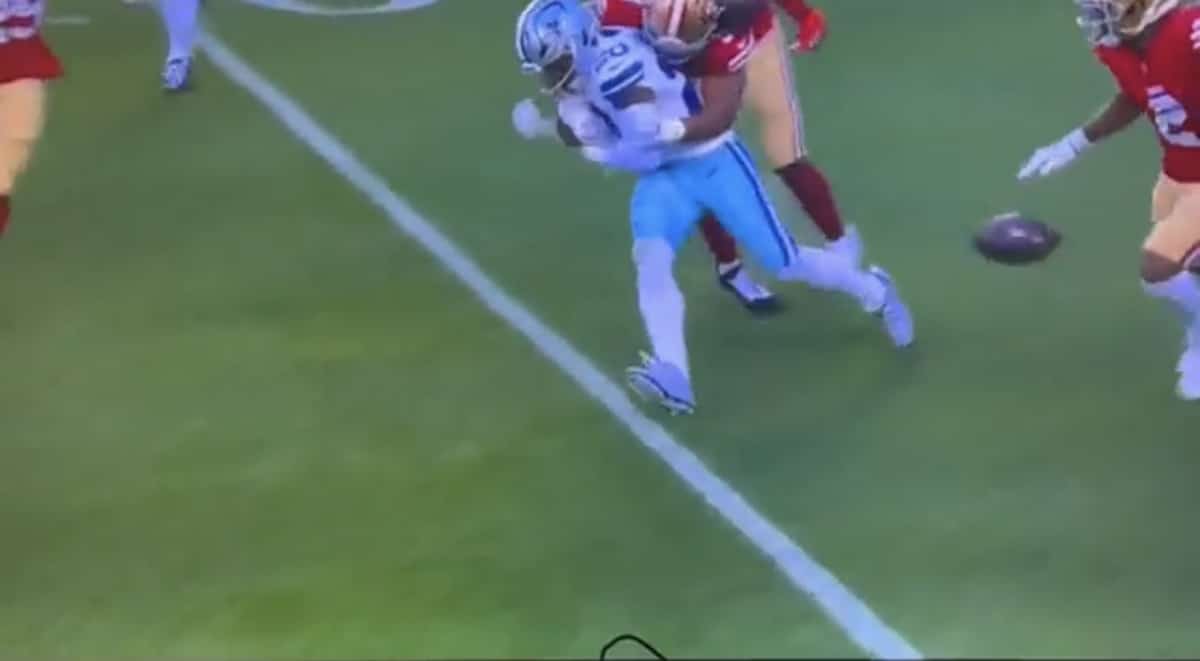
Turnovers
One thing NFL teams cannot do is lose the turnover battle, and still expect to win games.
The gap in talent across the board in the NFL is much smaller, and turnovers bridge that gap quickly.
Even against “lesser” teams, losing the turnover battle usually loses you the game.
Dallas must not have gotten the memo because they finished (-3) in turnover margin, and turned the ball over four times.
The first was a fumble by Tony Pollard that prompted the football to do it’s best Mission Impossible impersonation.
After being punched out of Pollard’s arm by 49ers LB Fred Warner, the ball rolled right along the sideline, avoiding the white line and several pairs of feet belonging to 49ers’ defenders.
It seemed to roll forever until finally being pounced on by a 49ers defensive lineman just inside the boundary.
Down 28-10 about halfway through the 3rd quarter, the Cowboys turned the ball over on three straight possessions to blow the game wide open.
Three straight interceptions thrown by Dak Prescott is the real reason this game turned out to be a blowout.
The first was on a 1st & 10 from their own 37.
Prescott executed the play action fake, and fired the ball downfield looking for Brandin Cooks.
49ers S Tashaun Gipson ran down the overthrown ball, and fielded it like a punt for the interception.
On the next possession, Prescott tried to throw a slant to Michael Gallup, but the defensive back stuck his arm between the ball and the receiver’s hands.
The ball careened into the air and was intercepted by a sprinting Fred Warner.
One play later, the 49ers extended their lead to 32 points.
On the next possession, Prescott again tried to rifle a slant to Gallup, but another 49ers linebacker stepped right in front of the throw for the interception.
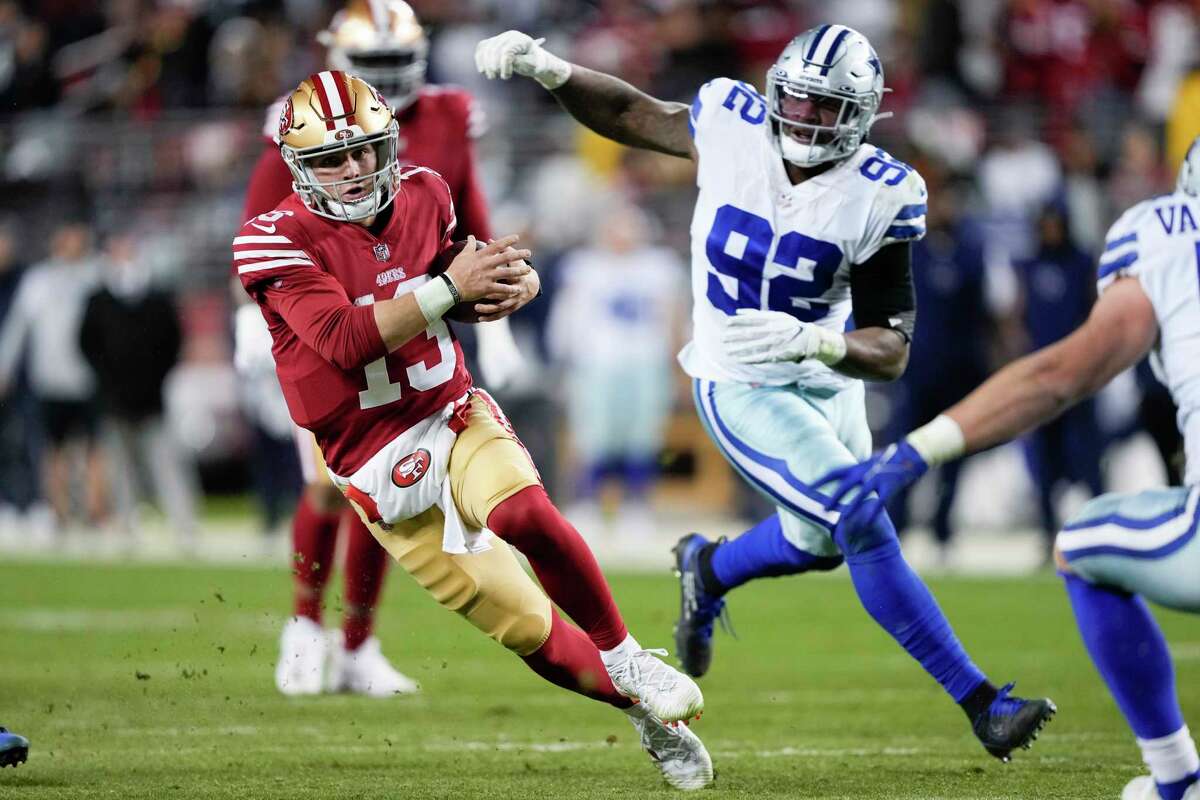
Poor 3rd Down Execution
In the previous two playoff games versus the 49ers, Dallas converted just 10 of 29 3rd down attempts, a 34% rate.
Leading up to the game in San Francisco, the Cowboys’ offense was tops in the league on converting 3rd downs at a 51.6% clip.
The 49ers defense proved to be much stingier, holding Dallas to four conversions on 11 attempts, a 36.6% rate.
Here are the Cowboys’ distances to go and results on each of their 11 3rd downs:
- 3rd & 9, incomplete pass
- 3rd & 3, sack
- 3rd & 2, sack
- 3rd & 1, Prescott sneak (converted)
- 3rd & 7, 20 yards to Ferguson (converted)
- 3rd & 4, 26 yard TD to Turpin (converted)
- 3rd & 5, three yards to Ferguson
- 3rd & 4, -1 yard rush
- 3rd & 3, eight yard rush (converted)
- 3rd & 6, sack
- 3rd & 20, two yard rush
Three of those four conversions happened on the only drive the Cowboys scored a touchdown.
Seems simple. Convert 3rd downs, and it leads to success.
On the defensive side, Dallas allowed the 49ers to convert on six of 11 attempts at a 54.5% rate.
Here are the 49ers 3rd down distances and results:
- 3rd & 2, incomplete pass
- 3rd & 1, two yard rush (converted)
- 3rd & 5, incomplete pass (1st down by offsides penalty)
- 3rd & 1, nine yard pass (converted)
- 3rd & 15, -5 yard rush
- 3rd & 4, incomplete pass (1st down by unnecessary roughness penalty)
- 3rd & 2, incomplete pass
- 3rd & 13, 42 yard pass (converted)
- 3rd & 2, 10 yard TD pass (converted)
- 3rd & 2, 19 yard pass (converted)
- 3rd & 1, one yard rush (converted)
- 3rd & 17, one yard pass
- 3rd & 7, rush for no gain
The 1st downs by penalty aren’t counted as conversions by the offense, so in reality the Cowboys defense allowed eight conversions on 13 attempts.
Can you spot the biggest difference between the Cowboys’ 3rd downs and the 49ers’ 3rd downs?
Dallas averaged a distance of 6.1 yards, and did not have any 1st downs by penalty.
San Francisco averaged a distance of 5.5 yards, and had two drives extended by unforced penalties on the Cowboys’ part.

Offensive Line Play
Cowboys fans were confident heading into this game because it would mark the first time since 2021 that the best five on the offensive line would take the field together.
That confidence was quickly squashed after it took over 17 minutes for Dallas to get their first 1st down.
Prior to that 1st down, the Cowboys had eight total yards, had allowed two sacks, and fumbled the ball away.
The Cowboys offensive line would eventually give up four total sacks, only three 1st downs by rush, and couldn’t protect Prescott long enough to attempt any throws downfield.
San Francisco’s offensive line was on the complete opposite end of the spectrum.
Brock Purdy was officially sacked once, but it was a scramble that Jayron Kearse ran down from the back side.
Purdy was kept as clean as could be, and was allowed to stand in the pocket with no pressure for most of his 24 drop backs.
San Francisco did not fear the Cowboys’ pass rush whatsoever, even coming out in empty sets on 3rd and long attempts.
Star pass rusher Micah Parsons did not register a QB hit for the first time all season, and is credited with only one pressure.
When lined up over RT Colton McKivitz, Parsons was frequently double-teamed.
DC Dan Quinn countered by moving him to the other side, where perennial All-Pro Trent Williams handled him all by himself.
The stark contrast in offensive line play between the two teams is a good indicator of why the final score was 42-10.
In conclusion, there isn’t much more to say besides the Cowboys got whooped.
There should be no Super Bowl talk, or even talks of a deep playoff run after such a terrible performance against the team that has my vote for the best team in the NFC.

